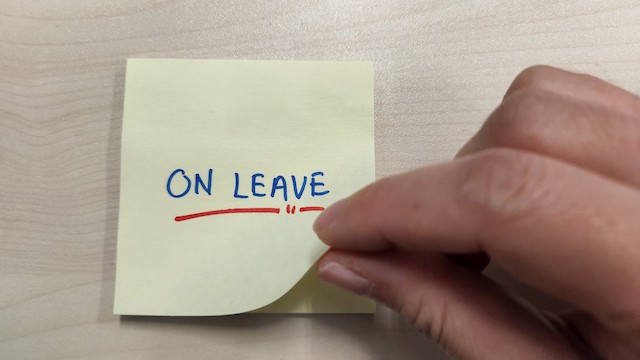
Over the last few years, California has significantly expanded leave rights for its workers. Some of the most notable changes have been broadening medical leave coverage to employers with at least five employees (rather than 50) and providing leave to care for an expanded group of individuals (e.g., domestic partners and children of domestic partners).
Last year, California continued this trend. Specifically, on September 29, 2022, California passed Assembly Bill (“AB”) 1041 (effective January 1, 2023), which amended the California Family Rights Act (“CFRA”) and the Healthy Workplaces, Healthy Families Act of 2014 (“HWHFA”) by adding “designated person” to the list of individuals for whom an employee may take leave or paid sick days. This article discusses the recent changes to the CFRA and HWHFA and their impact on California workers.
Leave Under the California Family Rights Act
The CFRA makes it unlawful for an employer with five or more employees to refuse to grant an eligible employee up to 12 weeks of medical leave in any 12-month period. An employee is eligible for leave if they have at least 1,250 hours of service with the employer during the previous 12-month period. Before AB 1041, the CFRA permitted employees to take medical leave for the following reasons:
- The birth of a child
- The placement of a child with the employee for adoption or foster care
- To care for a child, parent, grandparent, grandchild, sibling, spouse, or domestic partner with a serious health condition
- An employee’s own serious health condition that makes the employee unable to perform the function of their position, except for leave taken for disability on account of pregnancy, childbirth, or related medical condition
- An emergency related to the active duty of an employee’s spouse, domestic partner, child, or parent in the Armed Forces of the United States
AB 1041 amended the CFRA to expand the class of people for whom an employee may take leave to include care for a “designated person” with a serious health condition. Under CFRA, a “designated person” is “any individual related by blood or whose association with the employee is the equivalent of a family relationship.” The CFRA authorizes employees to identify their designated person when they request leave. However, an employer may limit the employee to one designated person per 12-month period.
Paid Sick Days Under the Healthy Workplaces, Healthy Families Act
AB 1041 also amended the Healthy Workplaces, Healthy Families Act of 2014. The HWHFA requires employers to provide employees with a minimum of 24 hours or three days of paid sick leave per year. Before AB 1041, an employee could use paid sick leave for the diagnosis, care (including preventative), or treatment of an existing health condition of an employee or their family member. A “family member” included a child, parent, spouse, domestic partner, grandparent, grandchild, or sibling.
Like CFRA, AB 1041 amended the HWHFA to allow employees to take paid sick leave for a designated person. Under the amended HWHFA, a designated person is “identified by the employee at the time the employee requests paid sick days.” Furthermore, as with the CFRA, an employer may limit an employee to one designated person per 12-month period.
Notably, the HWHFA is not the first California law to allow employees to use paid sick leave for a designated person. Several cities, including Berkeley, Emeryville, and San Francisco, have ordinances that enable employees to designate a person for whom they can use paid leave. However, unlike the amended HWHFA, these ordinances require employees to make the designation at the beginning of their employment and within a certain number of days, with the opportunity to update the designation annually.
“Chosen Family”
The changes to the CFRA and HWHFA were prompted by a growing awareness that our “chosen families” are often not related to us by blood or legal relationship. As the legislative analysis of AB 1041 explains, only 18.4 percent of American households follow the traditional nuclear family structure, and state law must change with our changing world:
“Due to cultural, economic, and social forces, the overwhelming majority of households today depart from the ‘nuclear family’ model of a married couple and their biological children – instead, they increasingly include close loved ones who aren’t biologically or legally related. Still, California’s family leave laws continue to reflect the outdated nuclear family model and only allow workers time off to care for certain narrowly defined family members. This policy gap disproportionately affects California’s LGBTQI community…[and] extended families living in multigenerational households.”
By amending our laws to include medical leave and paid sick days for a designated person, California closes this policy gap. Additionally, California joins several other states that recognize leave for chosen family members.
Conclusion
Employees can now take leave under the CFRA or use their paid sick days to care for a designated person. The amendments address the realities of caregiving relationships in California and ensure all California workers have the right to be there for their loved ones.
For more information on medical leave laws, please look at my practice areas page on Medical Leaves and my previous posts titled Maximum Leave Policies that Violate the ADA and FEHA and Working While on FMLA Leave: What Employers Can and Cannot Ask of You.



